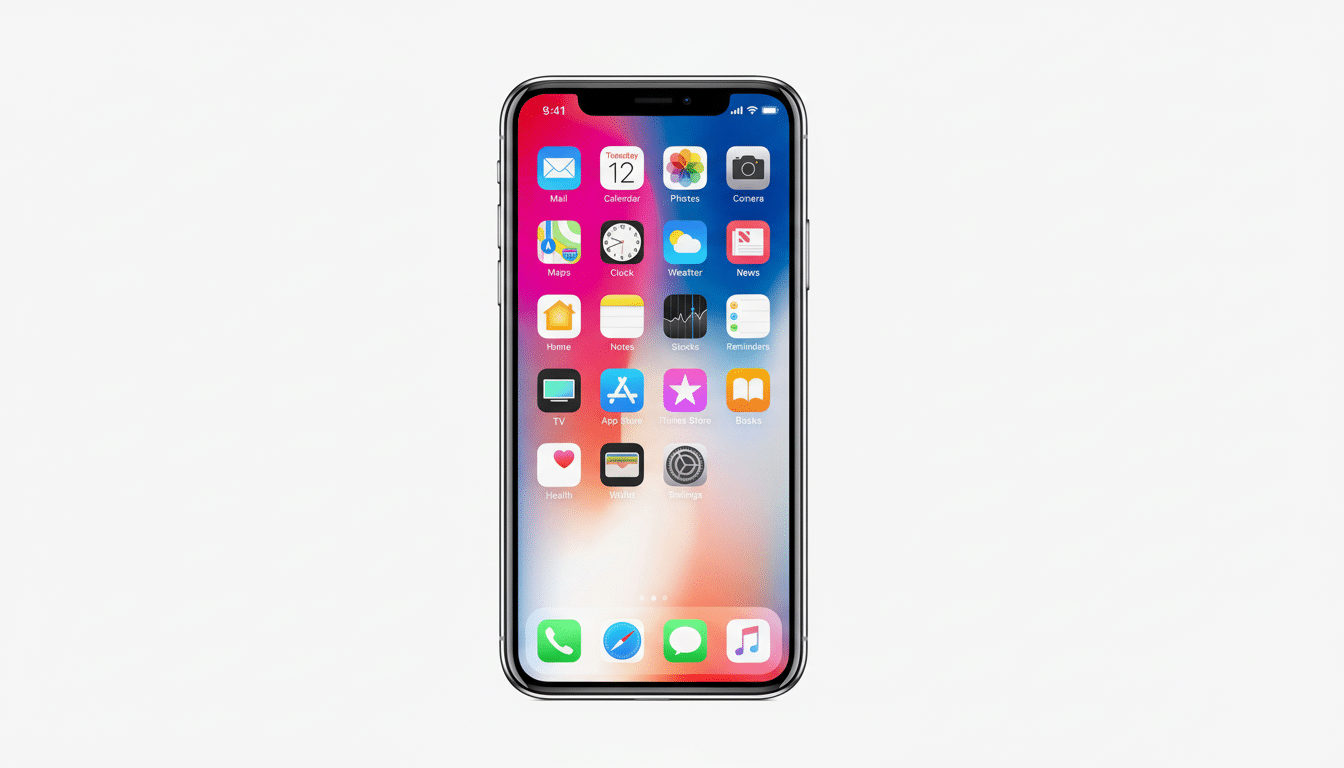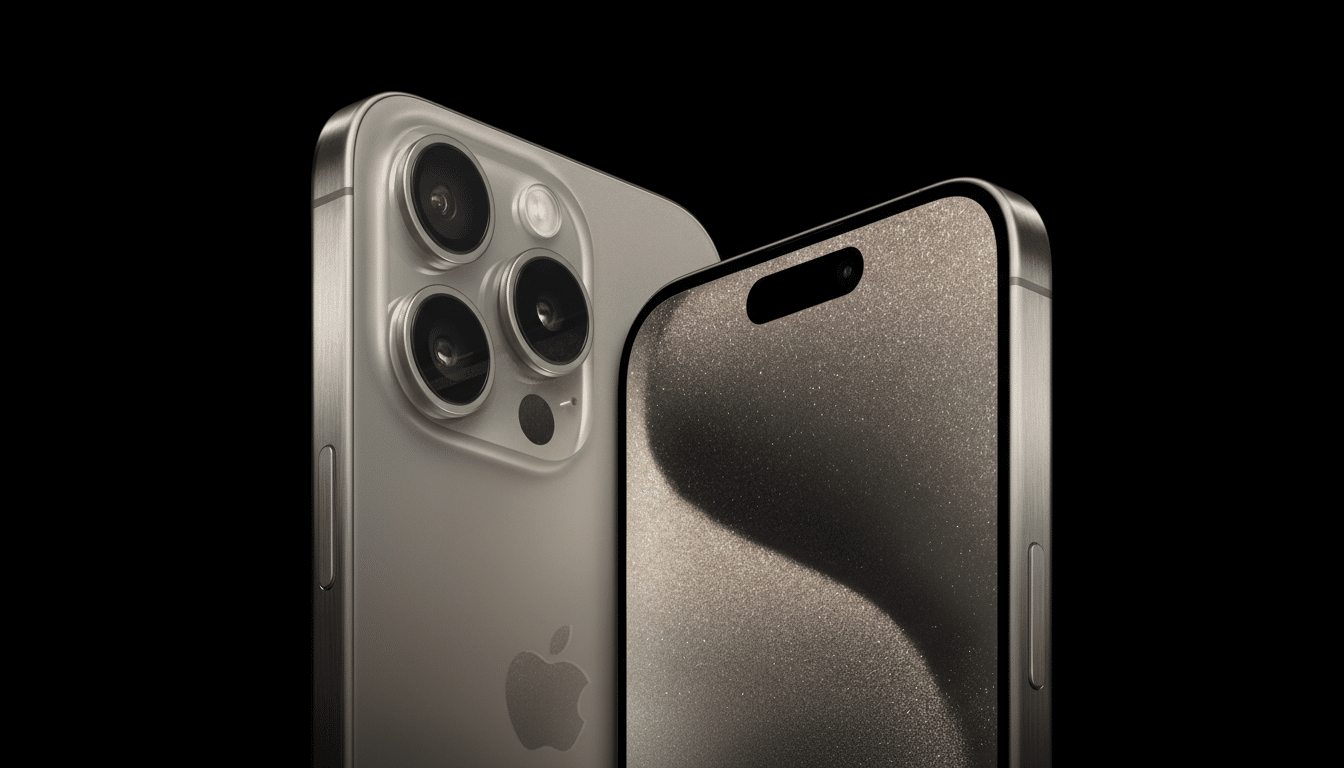Smartphone conversations have strayed from constructive comparison to tribal conflict. The result is less light and more heat: point-scoring, feature-shaming and a tendency to treat differences as defects. We can do better. Let’s bring this debate back to rational, curiosity-driven discussion that will assist people in picking the right device for the right purposes.
Why Platform Wars Are Beside the Point for Most Buyers
Debating iPhone versus Android as if there can only be winners and losers fails to consider that most would-be smartphone buyers want reliability, value, privacy and longevity — not bragging rights. Pew Research Center reports that more than eight in ten U.S. adults own a smartphone; this market represents a tremendous audience for practical advice. Thinking of phones as sports teams is amusing, but it rarely informs someone’s decision on what to buy or how to get more out of what they already own.

(The mature smartphone market is also a factor in the incremental gains.) Small updates add up for users who upgrade every three to five years, a pace that Deloitte says is now typical. These tend toward the kinds of features forum veterans deem “boring” or uninteresting, such as a brighter screen, battery life that lasts just a little longer, and seven years of updates instead of some less desirable interval. Who got something first tends to matter far more than the what in most forums, anyway.
Competition Is Tougher Than It’s Ever Been
Competition is good. And it makes phones better for everyone. Apple made long-term software support standard and set expectations around how long a phone would last. Google and Samsung have both followed suit with longer update promises for their most recent flagships, nudging the industry toward seven years of guaranteed support. That lessens e-waste, and makes higher-end devices better investments.
Cross-pollination is normal and good. Android brought widgets and deep customization into vogue; iOS polished up those widgets and let the home screen breathe a bit better. Apple’s Face ID pushed Android producers to iterate in biometric security; Android’s always-on displays and call screening reshaped what iOS can do. Emergency satellite connectivity turned safety into something for the mainstream; computational photography arms races sent low-light shots soaring across brands. It is to the benefit of everyone when good ideas are diffused.
And in newer categories, the competition works out. Global foldable shipments now top 15 million annually — still niche, certainly, but proof that experimentation can graduate from novelty to viable choice. The less we evaluate these devices by brand loyalty and the more by ease of use and longevity, the faster promising ideas grow up.
What the Numbers Really Tell Us About Phones
Market data is nuanced, not hot takes. IDC said global shipments recently fell to their lowest level in a decade, reinforcing the message that this is now a market where quality, support and resale value tend to matter more than flashy one-offs. In loyalty surveys, companies like Consumer Intelligence Research Partners consistently report that at least nine of 10 people stick with iOS after buying it, and not far off on Android—evidence that both platforms are doing right by users.
Sustainability is not theoretical. The United Nations’ Global E-waste Monitor logs tens of millions of metric tons a year of e-waste, and the WEEE Forum has estimated that billions of phones are lying dormant in drawers. It helps that the support windows are longer, repairability policies stronger and trade-in programs more potent. Those are wins of competition and regulation, not flame wars.
How to Argue Productively About Phones Today
Start with the use case. Someone who edits 4K video may have different needs than someone whose daily routine is guided by transit directions and another person who is “ruthless” about screen-time controls. See the world in terms of tasks, not tribes.

Compare what’s measurable. Battery life, update promises, bands and storage speed are tangible. Camera behaviors are too, in a specific setting — portrait edge detection, shutter lag, low-light consistency — not just “better photos.”
Acknowledge trade-offs. A rounded frame is more comfortable; a flat frame is easier to grip. A telephoto lens offers reach; a bigger sensor helps you capture more detail in low light. There are few clean sweeps with mature products.
Separate preference from principle. Tell them if you enjoy iMessage effects. If you want an open file system and the freedom to choose your default app, tell us. Both can be right without meaning the other is wrong.
Reward transparency. When brands release security bulletins, long support life promises, open standards, or even repair manuals — call it out. That kind of conduct should be encouraged regardless of shifting loyalties.
Interoperability Is Finally Improving Across Platforms
Standards, ever so quietly, are defusing old pain points. The shift to USB-C on most top phones has made charging and accessories easier. eSIM has finally made international travel easier. Messaging gets another baby-step improvement: The global mobile industry group GSMA is getting more support behind its RCS technology, which precludes the need for third-party messaging apps and offers higher-quality media, read receipts and better group messaging between platforms.
Policy pushes help, too. European laws have been pushing universal charging ports and raising expectations on repairability; so too do the right-to-repair laws in several states that are making parts and manuals more available. And no matter which camp you fall into, these are trends that make phones that much more useful and sustainable.
A Better Phone Debate for Smarter Buying Decisions
Smartphone discourse ought to resemble a buyer’s guide, not a football chant. Ask what a person needs, bring data where you have it, talk about trade-offs openly and celebrate the fact that good ideas spread throughout ecosystems. Do manufacturers pay attention when we raise the level of discourse? And do the devices we keep in our pockets get better, last longer and are gentler on the environment?

